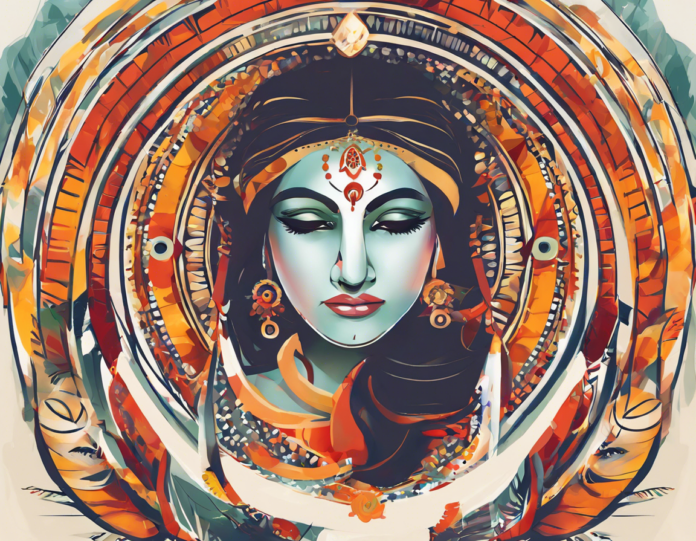The discovery of Sindhu Ghati Sabhyata, more commonly known as the Indus Valley Civilization, remains one of the most significant archaeological findings of the modern era. Unearthed in the vast plains of the Indus River, this ancient civilization dates back to around 3300-1300 BCE, predating both the Egyptian and Mesopotamian civilizations. Its sheer size and complexity have fascinated historians, archaeologists, and enthusiasts for decades, offering a glimpse into a sophisticated urban culture that thrived in the Indian subcontinent millennia ago.
Uncovering the Indus Valley Civilization
The discovery of the Indus Valley Civilization can be attributed to the efforts of numerous archaeologists and researchers from around the world. British archaeologist Sir John Marshall played a pivotal role in bringing this ancient civilization to light during the early 20th century. Excavations at Harappa and Mohenjo-Daro, two major sites of the civilization, revealed well-planned cities, advanced drainage systems, and intricate artwork that hinted at a highly organized and technologically advanced society.
Key Features of the Indus Valley Civilization
Urban Planning and Architecture
The cities of the Indus Valley Civilization were meticulously planned, with grid-like streets and well-constructed buildings made of baked bricks. The presence of public baths and granaries suggests a society that valued hygiene and urban infrastructure.
Writing System
One of the most intriguing aspects of the Indus Valley Civilization is its undeciphered script. The presence of inscriptions on seals and tablets indicates the existence of a written language, yet the meaning of these symbols remains a mystery to this day.
Trade and Economy
The Indus Valley people were skilled traders, engaging in commerce with regions as far as Mesopotamia. Archaeological finds such as seals and beads suggest a thriving economy based on agriculture and craftsmanship.
Art and Religion
The civilization’s artistic achievements include engraved seals, terracotta figurines, and pottery adorned with intricate designs. Religious practices involving ritualistic bathing and animal worship are also well-documented.
Decline and Legacy
The Indus Valley Civilization’s decline around 1300 BCE remains a subject of speculation among historians. Theories range from natural disasters such as floods or droughts to invasions by outside forces. Regardless of its ultimate fate, the legacy of the Indus Valley Civilization endures through its contributions to urban planning, trade networks, and artistic expression.
FAQs (Frequently Asked Questions)
Q: Where is the Indus Valley Civilization located?
A: The civilization flourished in the plains of the Indus River, encompassing present-day Pakistan, northwest India, and eastern Afghanistan.
Q: What is unique about the urban planning of the Indus Valley cities?
A: The cities of the Indus Valley Civilization featured grid-like street layouts, advanced drainage systems, and well-structured buildings.
Q: Is the Indus Valley script deciphered?
A: No, the script remains undeciphered, posing a significant challenge to researchers trying to understand the written language of the civilization.
Q: What were some of the major trade goods of the Indus Valley Civilization?
A: The civilization traded in goods such as cotton, ivory, precious stones, and metal objects with neighboring regions.
Q: What caused the decline of the Indus Valley Civilization?
A: The decline of the civilization is still a topic of debate, with theories ranging from environmental factors to invasions by outside groups.
Q: What are some key similarities between the Indus Valley Civilization and other ancient civilizations?
A: Like other ancient societies, the Indus Valley Civilization exhibited traits such as urban planning, trade networks, and cultural expression through art and religious practices.

